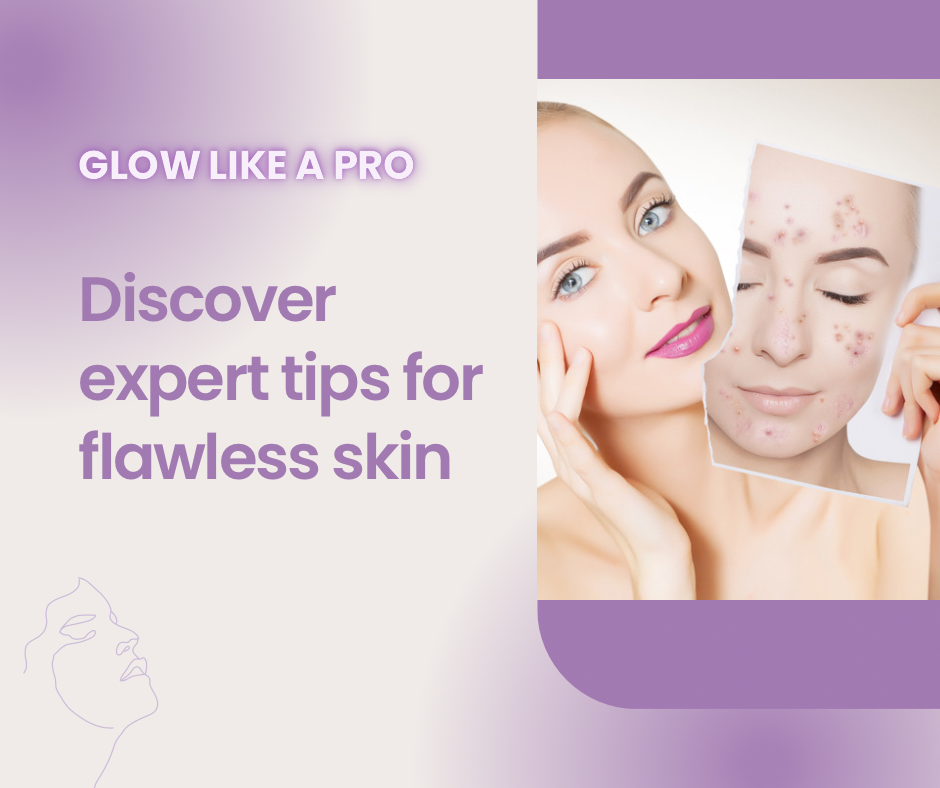The Bloody History of the Barber-Surgeon
- Nina Scheets
- Nov 12, 2024
- 4 min read
Updated: Nov 13, 2024
Once upon a time barbers weren’t just responsible for neat haircuts or smooth shaves. These early “barber-surgeons” were the ultimate multitaskers, handling everything from grooming to pulling teeth and even performing minor surgeries. Yes, it’s true—if you needed to have some blood drained to “balance your humors” or had a broken bone that needed setting, your local barber-surgeon was ready to help. Back then, seeing a real doctor was a luxury that most people couldn’t afford.
The Story Behind the Barber Pole
Ever noticed the red, white, and blue pole outside a barber shop? It’s more than just a piece of charming decor. That iconic pole is rooted in the history of barber-surgeons:
• Red stands for blood, a reminder of the bloodletting services they offered.
• White represents the bandages used to stop the bleeding.
• Blue was later added in the United States to give the pole a patriotic look, though in Europe, it was just red and white.
The pole itself came from the practice of patients holding onto a stick to make their veins easier to cut during bloodletting. It’s not exactly the most comforting thought, but it shows how deeply barbers were connected to medical care.
From Bloodletting to Haircuts
By the 19th century, it became clear that haircuts and medical procedures needed to be separate. As medical regulations improved, barbers focused solely on grooming, and surgeons took over the medical responsibilities. However, the connection between barbers and their knowledge of the human body left a lasting influence.
Why Barbers and Hairstylists Learn Anatomy and Physiology Today
Even though barbers and hairstylists no longer perform surgeries, their training still includes anatomy and physiology. Here’s why:
1. Hair and Scalp Health: Knowing how hair and scalp conditions work allows professionals to care for hair properly and recognize issues like dandruff or infections. They can then suggest a client see a dermatologist if needed.
2. Safety and Sanitation: Working with sharp tools comes with the responsibility of keeping things clean and safe. Understanding skin structure helps stylists avoid causing infections or irritation.
3. Bone and Muscle Structure: A great haircut complements the shape of your head and face. Knowing bone and muscle structures helps stylists create the most flattering styles and allows barbers to work safely when giving precise shaves around sensitive areas.
4. Scalp Massage Benefits: Scalp massages feel amazing, but they’re also rooted in science. Barbers and stylists learn how to massage in a way that increases blood flow, which can promote healthier hair growth.
5. Chemical Treatments: Applying hair dyes or chemical relaxers safely requires a solid understanding of skin and hair at the cellular level. This knowledge helps prevent damage or allergic reactions and allows for customized treatments based on a client’s hair and health.
6. Spotting Health Concerns: Because they work so closely with hair and skin, barbers and stylists often notice changes that could point to health issues, like sudden hair loss or unusual skin conditions. They can advise clients to seek medical help when needed.
From Surgery to Style
The history of barber-surgeons may be long gone, but their legacy lives on in the knowledge that today’s professionals bring to their craft. So, the next time you visit a barber, know that they’re more than just skilled with scissors. They have a deep understanding of anatomy that goes back hundreds of years, making them experts in both style and safety.
* “Balance your humors” refers to an ancient medical belief rooted in the humoral theory, which was popularized by Hippocrates and later Galen in ancient Greece and persisted into the Middle Ages and even up to the 18th century.
The Four Humors
The theory stated that the human body was governed by four main fluids, or humors:
1. Blood
2. Phlegm
3. Yellow bile
4. Black bile



Comments